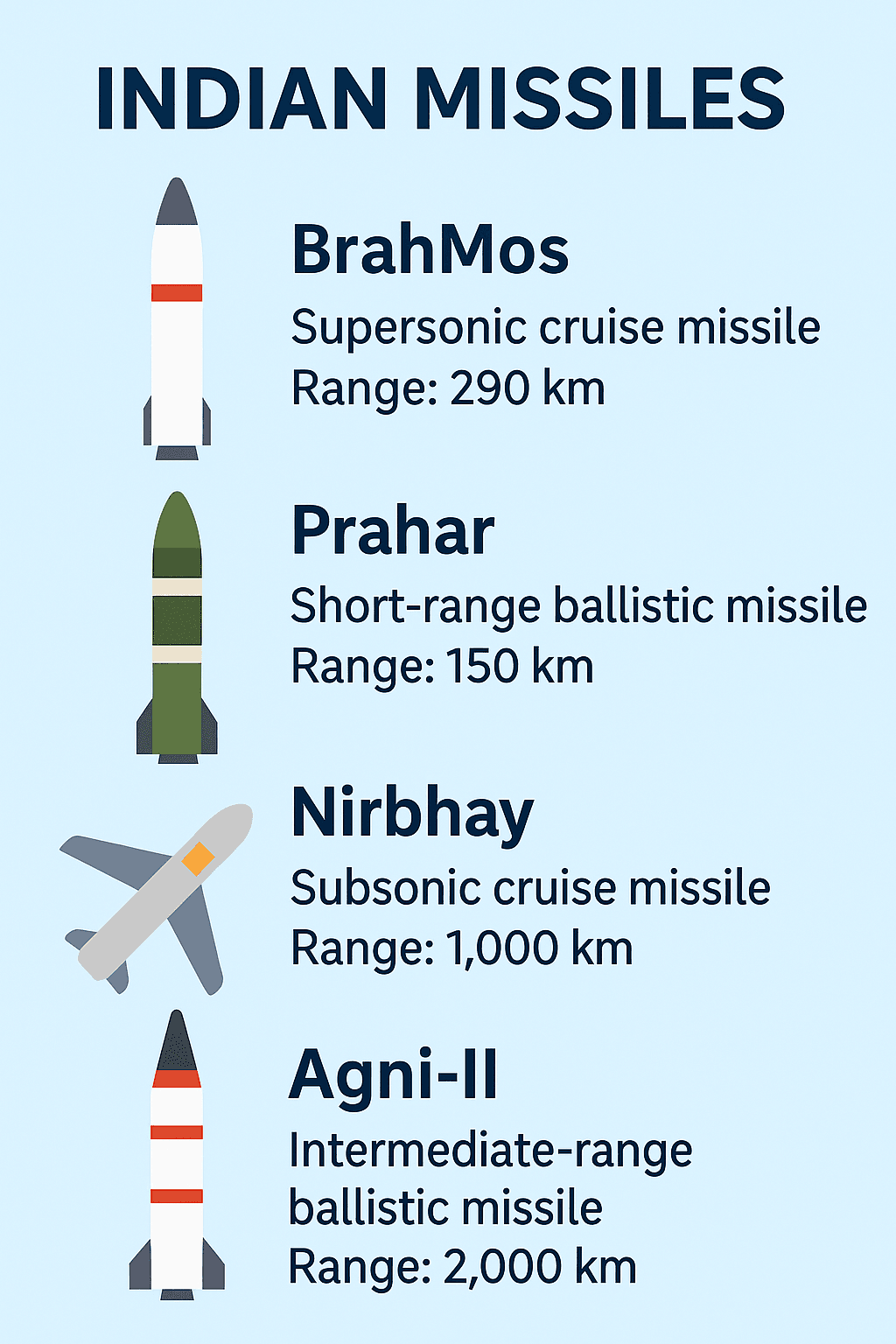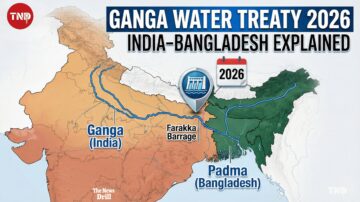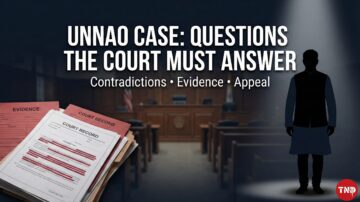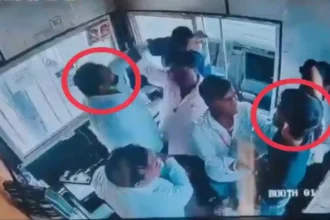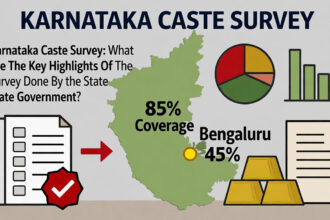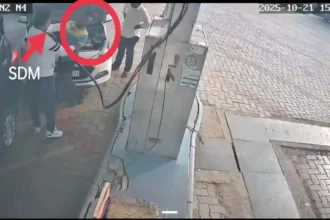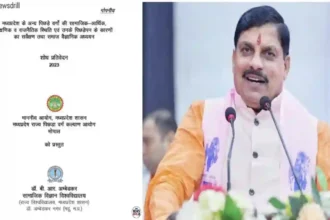🔎 Background & Historical Context
The Gujjar/Gurjar community in Rajasthan has a long-standing history of reservation agitations. The major protests in 2006–07 and 2010–11, led by Col. Kirori Singh Bainsla, were marked by fierce clashes with police and tragic loss of life. In response, the community received 5% reservation under the state’s Most Backward Class (MBC) category in 2019—yet issues around implementation and constitutional protection persist .
🗓️ Triggering Events in June 2025
On June 7, Gujjar/Gurjar leaders, led by Vijay Bainsla of the Gujjar/Gurjar Aarakshan Sangharsh Samiti (GASS), issued an ultimatum to the state government to constitutionally enshrine the 5% MBC quota under the Ninth Schedule. The deadline was set for June 8, backed by a large Mahapanchayat in Pilupura, Bharatpur—held near the iconic Karwari Shaheed Memorial.
🎤 Protests Erupt & Tensions Rise
Despite assurances, a section of protesters staged demonstrations by blocking railway tracks near Bayana and halting trains for over an hour. Highways were also temporarily blocked following the pilupura Mahapanchayat, reflecting growing impatience and distrust .
Vijay Bainsla downplayed the intensity, stating that the core grievance remained unresolved: formal cabinet approval and a nodal officer to address pending cases against protestors. Meanwhile, local Musings suggest new leadership influences, with UP politician Atul Pradhan joining the agitation—potentially signaling interstate coordination.
🛑 Community Backers, Political Blows & Strategic Pressure
The OBC Adhikar Manch and allied groups have now thrown their weight behind the Gujjar/Gurjar demands, accusing the government of unfulfilled election promises and sidelining eight southern districts in MBC inclusion—arguing youth are losing out in public service exams like REET and patwari .
On the political front, the Congress-led state government—headed by CM Ashok Gehlot—argues it cannot unilaterally grant reservation; its solution lies in lobbying with the Centre. Conversely, protesters cite the recent 10% EWS quota as proof that legal ceilings can be breached swiftly .
🧭 What’s at Stake?
Constitutional Protection: Gujjars/Gurjars demand the MBC reservation be added to the Ninth Schedule to safeguard it from future judicial challenges.
Broader Quota Demand: Minority communities argue for MBC reservation’s consistent and equitable implementation, free from divisive roster systems .
Timely Government Action: Gujjar/Gurjar leaders expect prompt political action—cabinet resolution, nodal officer appointments, and repeal of pending FIRs cited as minimum credible response.
📌 Around the Ground
The protest in Bharatpur featured Mahapanchayats with representation from over 300 villages, plus targeted disruptions along rail and road corridors .
Government appealed for calm; MoS Home Jawahar Singh Bedham met protesters and agreed to forward their demands, including constitutional amendment and legal support.
✅ Conclusion
The current wave of protests signals deep community disillusionment. Although the government has verbally acknowledged the demands, the Gurjar community is insisting on binding, legal guarantees—not just political promises. Whether these protests evolve into a structured statewide movement depends largely on tangible legislative steps from the state and pressure on the Centre.
It’s a high-stakes moment where historical grievance meets modern political strategy—one that may reshape Rajasthan’s reservation landscape.



